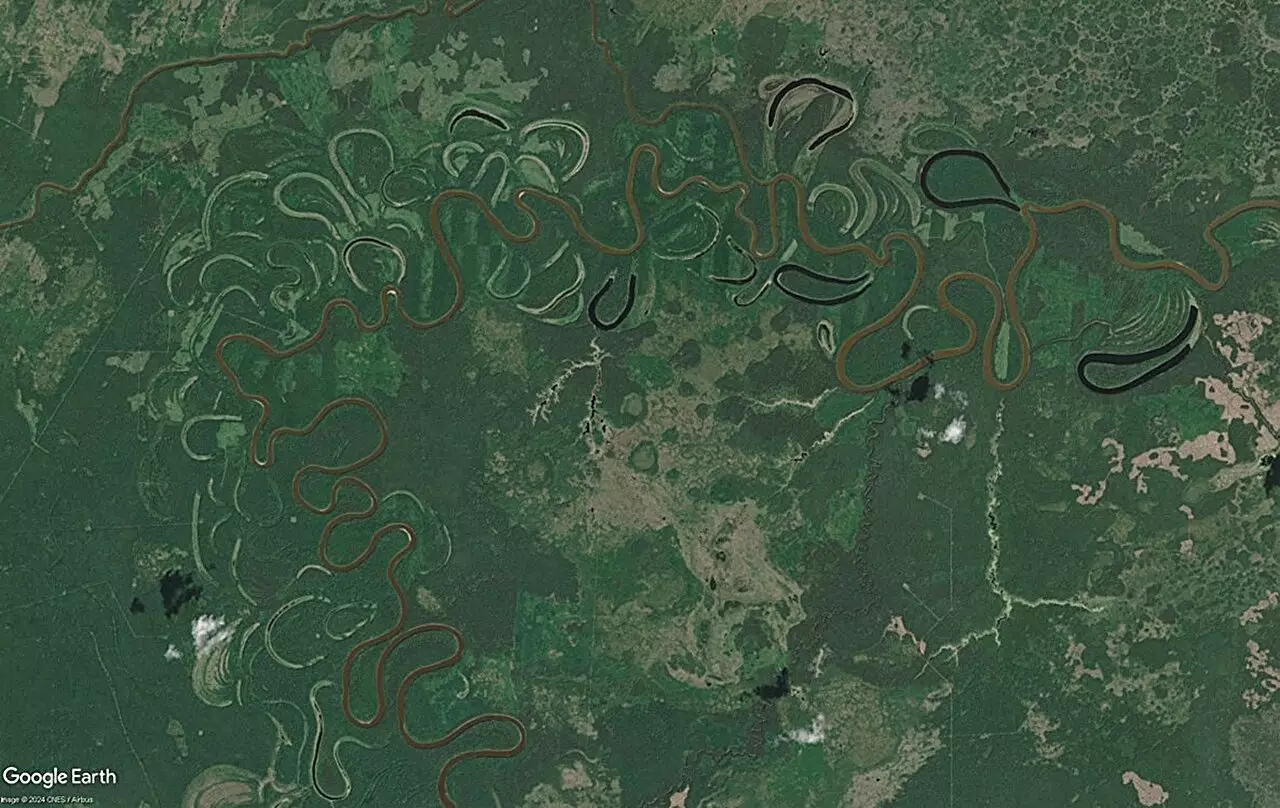For centuries, the characterization of rivers has largely relied on conventional methods focused on observing plant forms and sediment deposits. These techniques, while foundational, have often overlooked the complexities inherent in river dynamics. Enter Riccardo Maitan, a Ph.D. candidate from the University of Padova, who’s pioneering a groundbreaking methodology that highlights hydrological behaviors over simply accruing sedimentary evidence. By examining the morphodynamic processes that govern rivers, Maitan’s research is set to expand our understanding of these vital waterways.
His work centers around peak discharge variability—a critical hydrological metric that plays a significant role in shaping a river’s evolutionary journey. Utilizing a comprehensive dataset spanning 15 years from entities like the U.S. Geological Survey (USGS), combined with Google Earth imagery, Maitan’s analysis covers 22 rivers across the globe, stretching an impressive 5,500 kilometers. This meticulous approach not only redefines how we measure river dynamics but also aligns with broader geosciences initiatives focused on sustainable development.
Understanding Bend Cutoffs: A Key to River Morphology
One of the highlights of Maitan’s research is the significance of bend cutoffs in shaping the morphology of rivers within alluvial plains. These cutoffs act as buffers for river sinuosity and can influence lateral migration patterns, which in turn affects the stratigraphy of the surrounding landscape. Most rivers generally showcase two distinct types of cutoffs: neck cutoffs and chute cutoffs, both of which play unique roles in a river’s life cycle.
Neck cutoffs occur when the narrow strip of land separating adjacent bends is eroded, indicating a natural stage in the evolution of meandering rivers. A prime example of this phenomenon can be observed in the Purus River, a tributary of the Amazon. Conversely, chute cutoffs are formed when rivers carve out new channels through point bars, effectively truncating the meander’s life cycle. The Powder River in Montana is a clear representation of a chute cutoff regime. Understanding the factors that dictate these cutoffs is paramount in grasping the overall dynamics of river systems.
The Role of Environmental Variables in Hydrological Dynamics
Maitan’s research delves into various environmental variables, including climate conditions and vegetative coverage, to ascertain the determinants of cutoff regimes in rivers. His findings suggest that the variability of overbank discharges—the nature and frequency of flood events—serves as the main influencing factor. Rivers that experience limited variability in overbank discharges typically develop neck cutoffs, while those subjected to intense and brief flooding events are prone to chute cutoffs.
The implications of this research extend far beyond mere academic inquiry. By analyzing the morphological traces left by these cutoffs on floodplains, scientists can reconstruct paleohydrological conditions and gain insights into how river systems have evolved over millennia. This link between hydrological variability and cutoff regimes offers a novel lens through which to consider river management and conservation.
Human Impact: A Double-Edged Sword
However, this inquiry goes deeper, as Maitan’s work illuminates the stark realities of anthropogenic influences on river systems. The common practice of damming, aimed at controlling floods by mitigating hydrological fluctuations, may unintentionally shift a river’s behavior from a chute cutoff regime to a neck cutoff regime. Such changes have far-reaching consequences; increased bend cutoffs can lead to less sinuous rivers, and modify sediment residence times significantly, thereby altering carbon fluxes within alluvial plains, with potential implications for climate change.
Maitan’s contributions don’t merely enhance our understanding of river dynamics; they also stress the urgent need to reevaluate current river management strategies. Conventional methods, while effective to a degree, must recognize the intricate interplay between natural mechanisms and human interventions to foster healthier, more sustainable river ecosystems.
Riccardo Maitan’s innovative approach to river analysis marks a transformative shift in our understanding of fluvial systems. By emphasizing hydrological behavior over traditional sedimentary studies, his research captures the intricate tapestry of river dynamics and their environmental implications. As we seek to preserve these essential ecosystems, it is crucial that we incorporate these insights into sustainable management practices, ensuring that our rivers continue to thrive for generations to come.


Leave a Reply